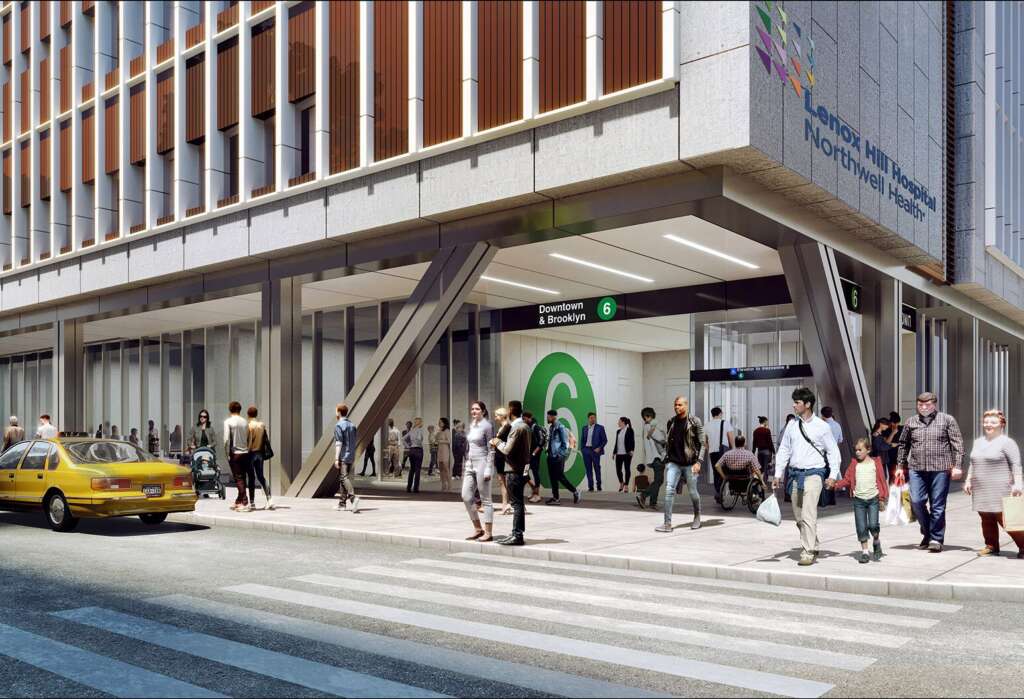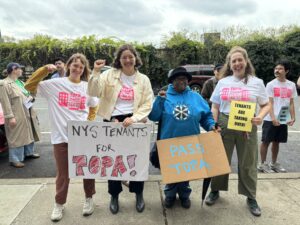“Let’s be clear: a 436-foot medical tower has no place in Lenox Hill or any residential neighborhood. This is a community defined by its human-scale architecture, its walkability, and its residential character.”


As a long-time resident of the Upper East Side, I’ve watched with growing concern as Northwell Health pushes forward a controversial proposal to redevelop Lenox Hill Hospital into a monstrous 436-foot tower in a residential neighborhood—a Midtown office building on a residential block!
While the hospital markets this as a much-needed modernization effort, the reality is starkly different. This project is not about better patient care—it’s about maximizing profits at the expense of a community’s quality of life. It is a corporate ego trip and a market share move that is overwhelmingly opposed by our community.
I am a member of the Committee to Protect Our Lenox Hill Neighborhood, a group formed to stand against this outsized and inappropriate development. Our concerns aren’t abstract—they are immediate and real. Northwell’s proposal would lead to a decade of heavy construction in a densely populated residential neighborhood. Families, toddlers, students, seniors in wheelchairs and walkers will face constant noise, dust pollution, traffic chaos, and pose serious safety concerns. The livability of Lenox Hill would be irreparably damaged by a massive tower—forever.
Our opposition isn’t isolated. Manhattan Community Board 8 has voted “no” to Northwell’s proposal by a margin of 2:1, rejecting the zoning changes that call for 250 to 500 percent zoning increases in what is allowed today by carefully thought out and long standing zoning laws. The precedent Northwell wants to establish would allow 12.5 Floor Area Ratio (FAR) zoning that is only found in Midtown and Hudson Yard office areas—never in residential neighborhoods. What does that mean for your neighborhood?
Another Perspective: Investing in New York’s Healthcare Future is a Sacred Duty (Opinion)
Now, we’re asking for broader public support to ensure that the City Planning Commission and the City Council listen to the people most directly affected and consider the larger healthcare equity needs across the entire city. Over 6,000 people have signed our petition against this project and more than 400 people turn out for every local meeting on it—a huge show of anger, frustration and fear of what we are facing.
Let’s be clear: a 436-foot medical tower has no place in Lenox Hill or any residential neighborhood. This is a community defined by its human-scale architecture, its walkability, and its residential character. Allowing a structure of this magnitude would not only overwhelm the area, but it would set a dangerous precedent for overdevelopment across the city. It threatens to turn our community, and possibly yours next, into a corridor of corporate campuses.
And here’s the irony: Lenox Hill doesn’t need this kind of expansion. The East Side is already surrounded by world-class institutions: New York-Presbyterian/Weill Cornell, Memorial Sloan Kettering, HSS, and Mount Sinai. What the city needs is smarter, more equitable healthcare planning.
Why not consider areas that are actually underserved? The Upper East Side—or “Bedpan Alley”—has 10 beds per every 1,000 residents, while the Lower East Side has .5 beds/1,000. Does that make sense to you? We read daily about hospital closings and medical deserts throughout our city, yet Northwell wants to spend $2 billion to create just 25 more beds in one of the most concentrated hospital areas. That is madness!
Ultimately, this is about priorities. New York’s healthcare system should be shaped by public need, not developer ambition. City officials must stop rubber-stamping glossy proposals. They must ask harder questions: Who benefits? Who is burdened? And what kind of city are we building?
No one should be steamrolled by huge corporations for their profit at our expense.
Andrew Gaspar is an Upper East Side resident and a member of the Committee to Protect Our Lenox Hill Neighborhood.



